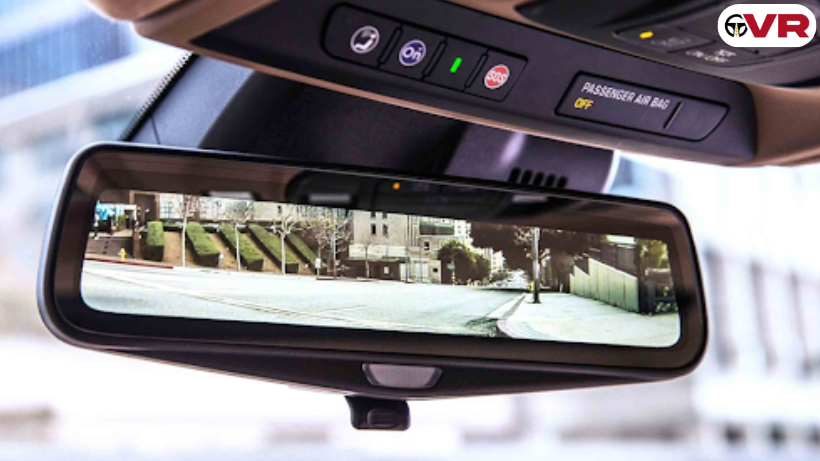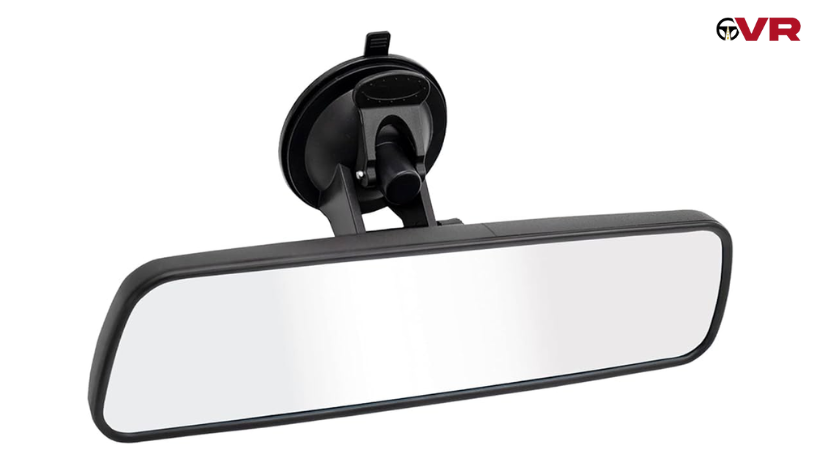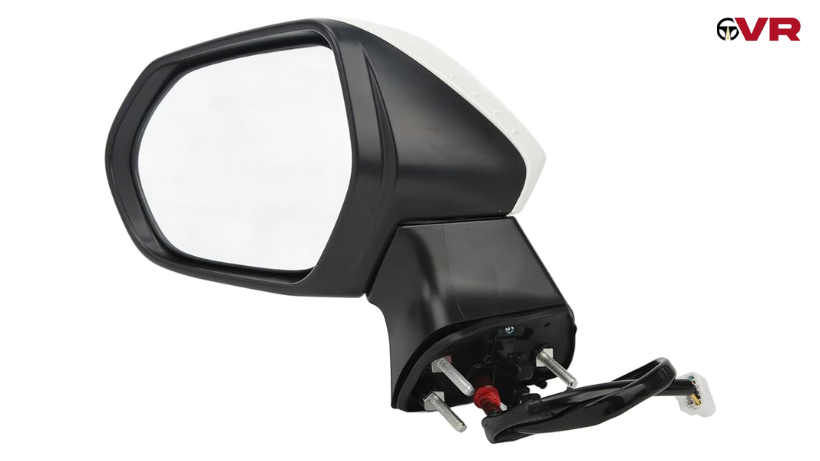Car mirrors are the essential components that enhance driver visibility and safety by providing side and rear views of the car surroundings. In this guide, we will explore different types of car mirrors, and we will delve into their advantages, disadvantages, installation methods, and applications, offering insights to help drivers understand and choose the most suitable mirrors for their cars.
What is a Car Mirror?
Car mirrors are a driver’s eyes in the back and on the sides and the interior rear view mirror, typically mounted on the windshield, offers a direct view of what’s behind the car through the back window. This is crucial for seeing approaching vehicles and making safe lane changes or braking decisions. Some even have features like auto-dimming to reduce nighttime light rays glare from headlights.
Car mirror names list
A car mirror is a general term for the reflective surfaces that help drivers see areas outside their normal line of sight. There are two main types of car mirrors which are given below.
- Rearview Mirror
- Wing Mirror
Types of Car Mirror
Keep a good view and drive carefully! Examine your car mirrors, the convex side-view mirrors provide wider coverage, including blind areas, while the rear-view mirrors provide direct viewing behind before driving. Different types of car mirror each with location to be mounted and its general purpose are given below.
|
Type |
Location |
Purpose |
| Interior Rear View Mirror (Rearview Mirror) | Mounted on windshield (top centre) | Provides direct view of the car’s rear through back window |
| Exterior Side Mirror (Wing Mirror) | Mounted on A-pillar (driver and passenger sides) | Provides view of areas behind and to the sides of the car |

Unveiling the World of Mirror: Function, Flair, and Functionality
Different types of car mirror each including its function, flair and function are given below including advantages and disadvantages.
Interior Rear View Mirror (Rearview Mirror)
The interior rearview mirror, commonly known as the rearview mirror, pces drovides a reflection of the view directly behind the car and it enhanriver visibility, enabling monitoring of traffic conditions and objects approaching from the rear side of the road.

Function:
- Provides a direct view of the car rear through the back window.
- Allows drivers to see what is following them on the road.
Advantages:
- Essential for safe driving
- Some offer additional features:
- Auto-dimming: Reduces glare from headlights of vehicles behind you at night, which improves visibility.
- Compass: Provides directional orientation for drivers.
Disadvantages:
- Limited viewing angle as compared to side mirrors
- Can be obstructed by passengers on the back or headrests.
Exterior Side Mirror (Wing Mirror)
The exterior side mirror, also known as the wing mirror, is mounted on the side of the car to provide a view of the surroundings, including adjacent lanes and blind spots and it improves driver awareness and assists in lane changing and parking.

Function:
- Provides a wider view of the areas behind and to the sides of the car.
Advantages:
- Expands driver’s awareness of the surroundings area.
- Essential for judging distances and positioning the car safely between different cars.
- Some offer advanced features:
- Blind spot monitoring
Disadvantages:
- May have blind spots despite the wider view: Areas directly behind the car and close to the side of the car (especially towards the rear) might still be invisible to the driver.
Can be damaged while parking in tight spaces: However, features like power folding mirrors can help mitigate this risk for the car owners.
Conclusion
The best car mirror depends on its specific location and function in your car. Here’s a breakdown of the common types and why it is essential for safe driving:
Rearview Mirror:
- Type: Convex is curved outward.
- Why it’s important: Provides a wide field of view to see traffic approaching from behind of the car.
Side View Mirrors:
- Type: Usually convex (sometimes flat on some premium cars)
- Why they’re important: Extend your field of view to see vehicles in your blind spots, which are areas not visible through the rearview mirror.
Blind Spot Mirrors (optional):
- Type: Small, convex mirrors attached to the side view mirror housing
- Why they’re important: It provides an extra view directly into your blind spot, further reducing the risk of missing vehicles beside you.






Leave a Reply